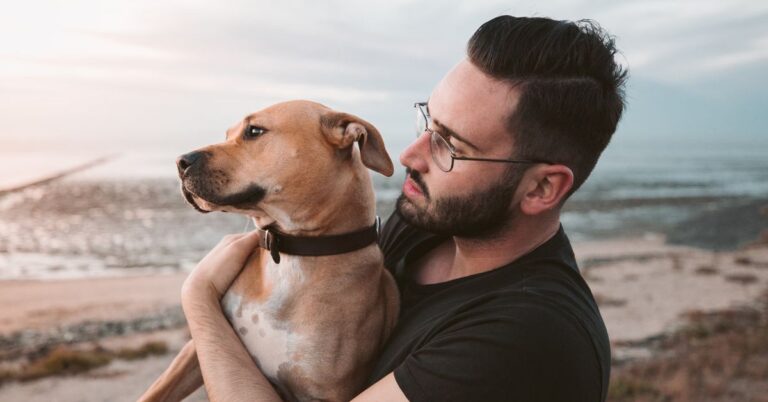Get to Know the German Spitz with These 15 Surprising Facts

You might think the German Spitz is just a cute face, but there’s much more to this breed than meets the eye. As one of Central Europe’s oldest dog breeds, they’ve served as loyal protectors of livestock and homes alike. This small yet mighty breed has a significant presence and a fascinating story to thrill you. Hang on.
They Come in Different Sizes
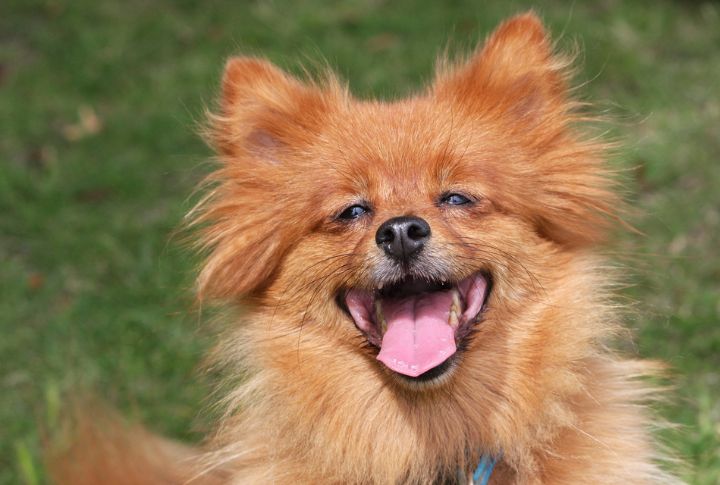
The German Spitz comes in five distinct size varieties: Wolfspitz (Keeshond), Giant Spitz, Medium Spitz, Miniature Spitz, and Pomeranian. While each size has unique traits, they all share the classic Spitz characteristics, including their fox-like faces and fluffy coats, making them instantly recognizable no matter their size.
They Were Once Farm Guardians
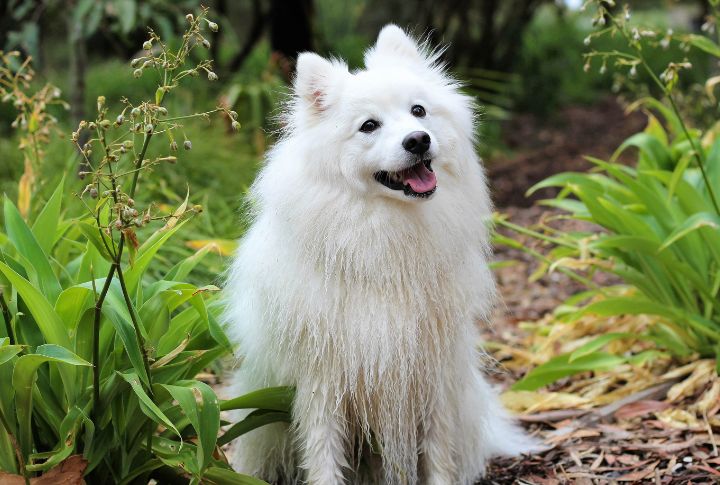
In medieval times, German Spitz dogs weren’t just pets—they were hardworking farm guardians. Their sharp hearing and watchful eyes made them ideal for protecting livestock and homes. Though they may be smaller than traditional guard dogs, their loud bark and fearless attitude made them surprisingly effective watchdogs.
They Have a Double Coat
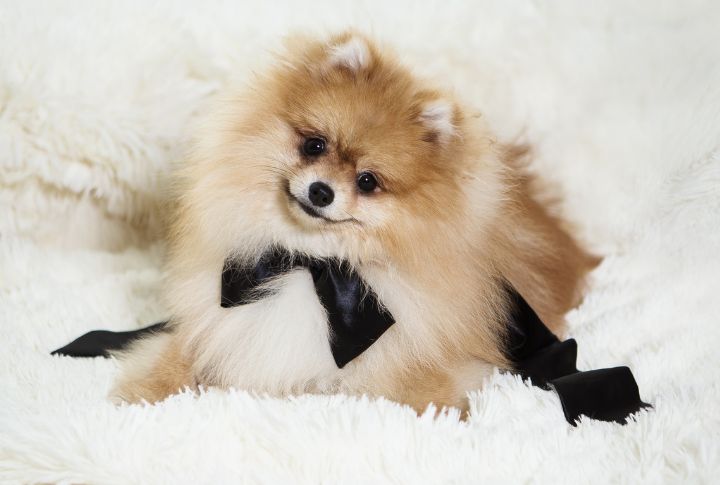
The thick double coat of the German Spitz is one of its most striking features. They have long and straight outer coats and soft and fluffy undercoats. This combination not only gives them their signature fluffy look but also helps keep them warm in colder climates.
They Are Surprisingly Low-Maintenance
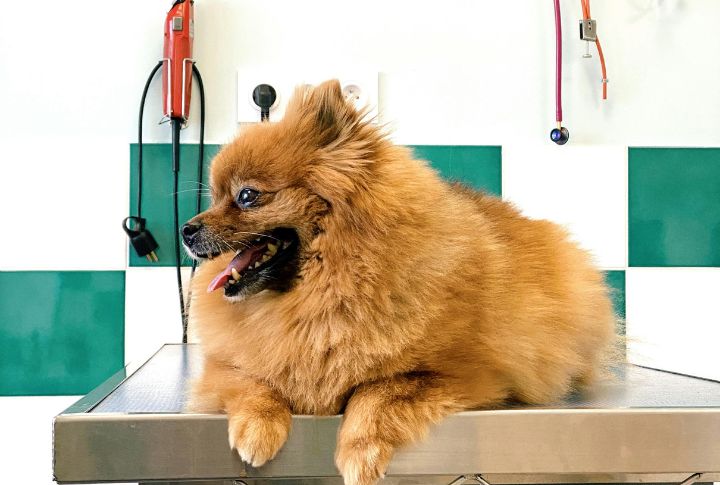
Surprisingly, even with their fluffy coats, German Spitz dogs are pretty low-maintenance when it comes to grooming. Regular brushing is enough to keep tangles at bay, and their coats don’t mat easily. They’re also naturally clean dogs, so they don’t need as many baths as you’d think!
They Are Highly Intelligent

Highly intelligent, German Spitz dogs are quick learners. Their eagerness to please, coupled with their sharp minds, makes them easy to train with consistent, positive reinforcement. However, their intelligence also requires mental stimulation, so activities like puzzle toys and training sessions are essential to keeping them engaged.
They Love to Bark
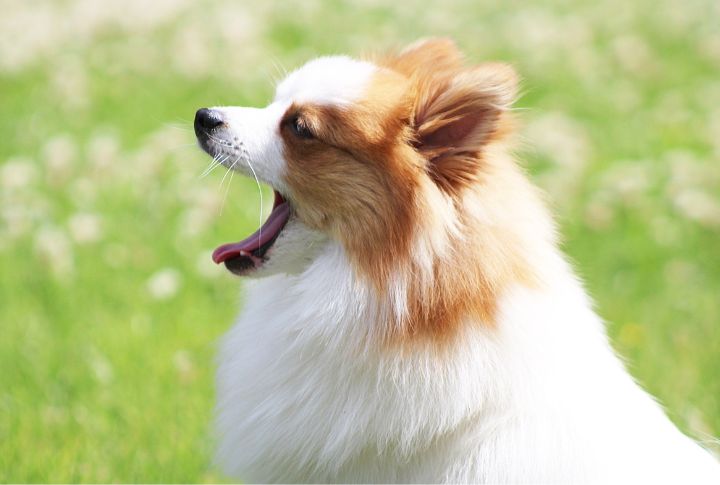
If you’re looking for a quiet dog, the German Spitz may not be your best match. This breed tends to be naturally vocal and will bark at anything unusual. While this makes them great watchdogs, early training is important to manage excessive barking and keep things peaceful with your neighbors.
They Bond Closely with Their Families

German Spitz dogs are known for forming deep bonds with their families. They are affectionate and thrive on companionship, whether lounging with their humans or going on adventures. Their loyalty and attachment make them excellent family pets, always eager to show love and receive affection in return.
They Are Great With Kids
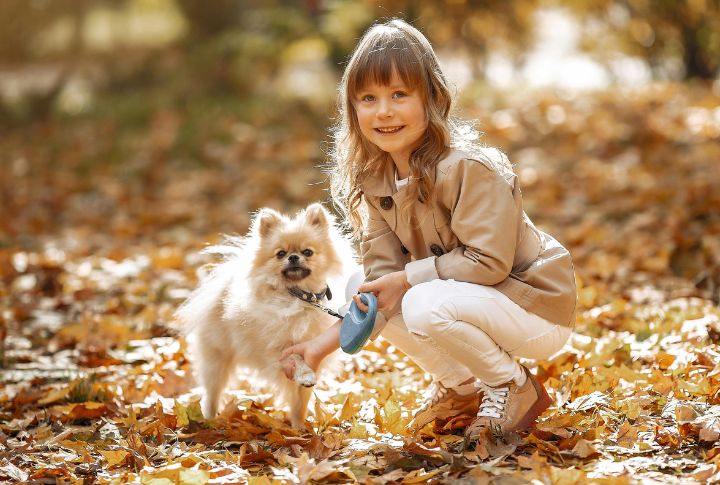
With their playful and gentle nature, German Spitz dogs are a great match for families with children. They are patient and kind, making them wonderful companions for kids. These dog’s energetic personality means they’re always up for fun, making playtime lively and enjoyable for the entire family.
They Can Be Stubborn
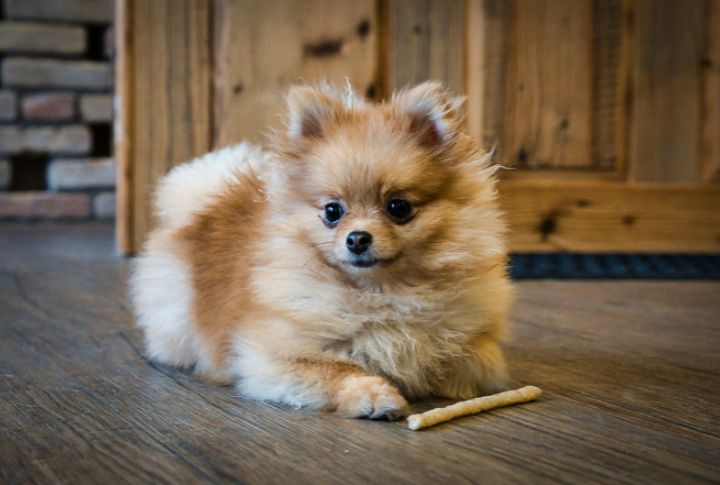
While these dogs are intelligent and independent, their headstrong nature can make training difficult. However, with patience and consistency, they pick up commands quickly. The effort you put in will be rewarded as they develop into loyal, well-behaved companions, proving the time spent on training is well worth it.
They Need Regular Exercise
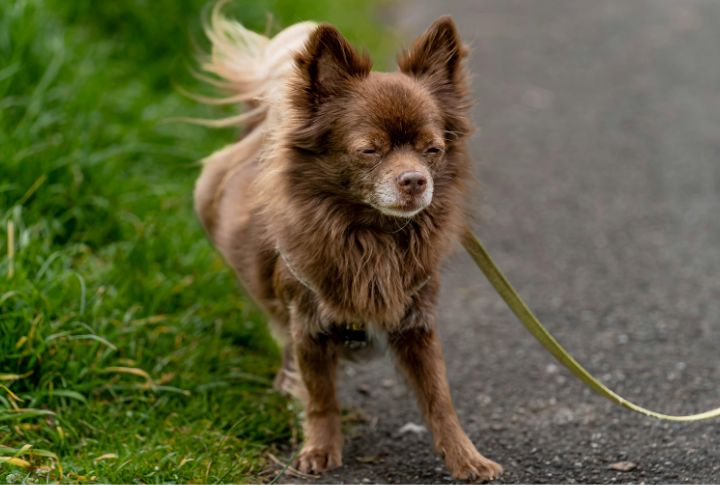
The German Spitz is naturally energetic, needing regular mental and physical stimulation to stay happy. As they were originally bred for fieldwork, they enjoy activities like chasing balls or learning tricks. Without proper exercise, they might become bored, leading to unfavorable behaviors such as excessive barking or chewing.
They Were Bred for Cold Climates
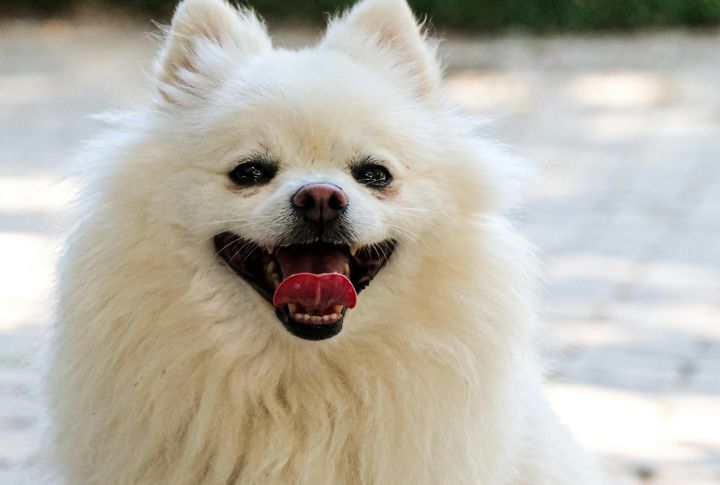
Their thick double coat wasn’t just for looks—it was bred for practicality. The German Spitz was originally developed in colder climates, where their dense coat provided insulation against harsh weather. This made them resilient workers, whether herding livestock or standing guard, and they remain hardy, weather-resistant dogs to this day.
The Pomeranian Originates from the German Spitz
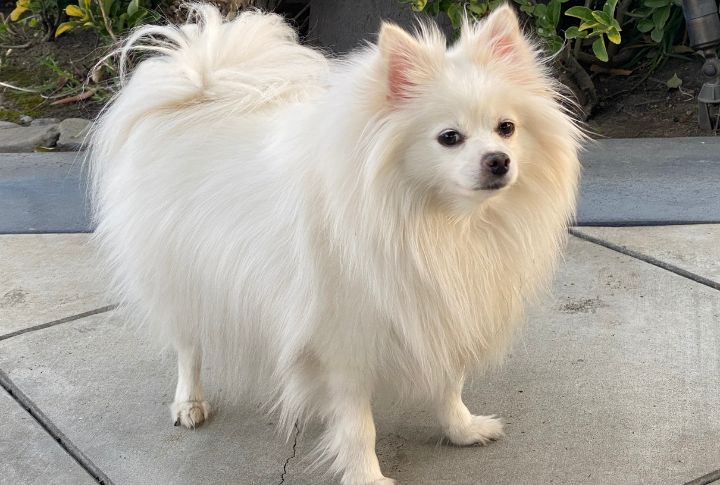
The Pomeranian, one of the most popular toy breeds, is actually a descendant of the German Spitz. Both breeds share similar traits, including their fluffy coats and fox-like faces. While the Pomeranian was bred as a companion, the German Spitz retained more of its working-dog instincts.
Their Coat Colors Had a Purpose
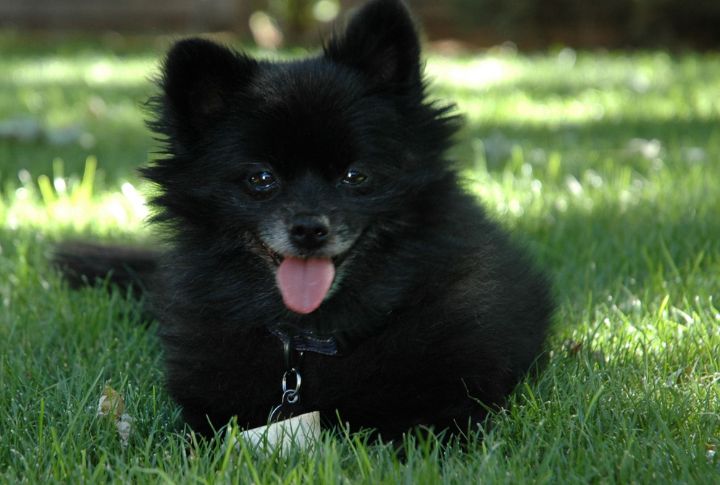
In the past, a German Spitz’s coat color had practical significance. White German Spitz dogs were used to guard livestock, as their light coats made them easily distinguishable from wolves at night. Black German Spitz dogs, on the other hand, were commonly found guarding vineyards and farms in Germany.
They Are a Resilient Breed
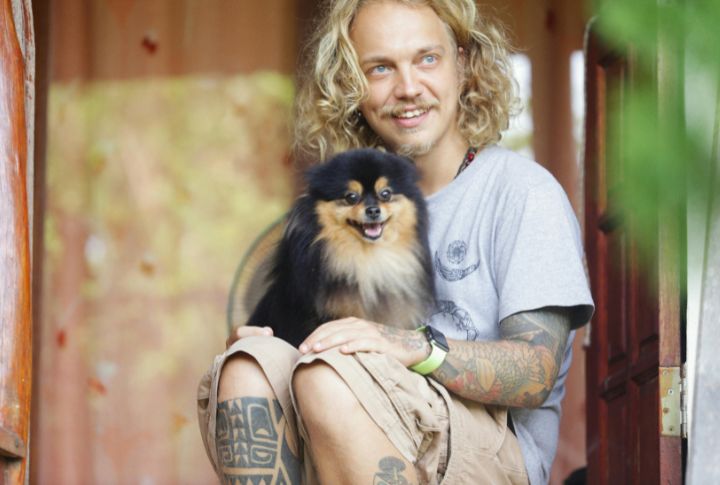
Though small in size, the German Spitz is an exceptionally resilient breed. Originally bred to withstand harsh cold and handle outdoor work, they are both tough and adaptable. From guarding vineyards in medieval times to being energetic companions today, their endurance and alertness still distinguish them from other breeds.
They Have Ancient Roots
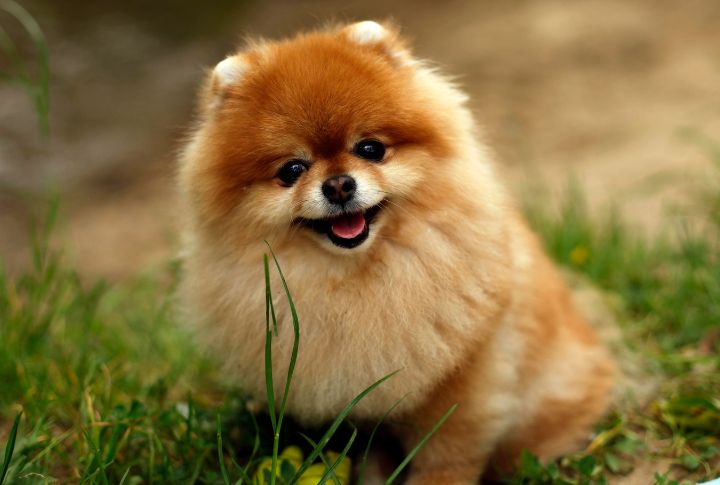
The German Spitz has been around for centuries and is one of Europe’s oldest dog breeds. Their long history has helped shape their sharp instincts and adaptability, a reason they have thrived in many roles. Even today, you can see their intelligence and versatility, a true nod to their heritage.

